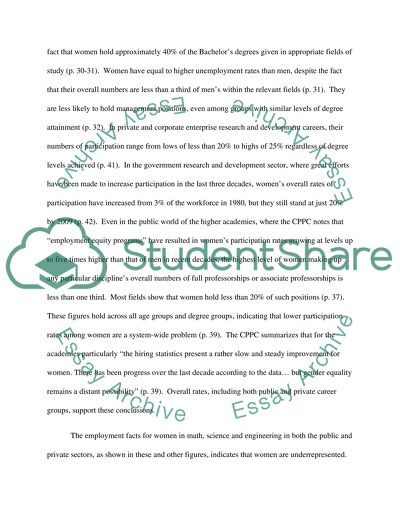Cite this document
(“Women in mathematics,Science,and Engineering Essay”, n.d.)
Retrieved from https://studentshare.org/environmental-studies/1421503-women-in-mathematicsscienceand-engineering
Retrieved from https://studentshare.org/environmental-studies/1421503-women-in-mathematicsscienceand-engineering
(Women in mathematics,Science,and Engineering Essay)
https://studentshare.org/environmental-studies/1421503-women-in-mathematicsscienceand-engineering.
https://studentshare.org/environmental-studies/1421503-women-in-mathematicsscienceand-engineering.
“Women in mathematics,Science,and Engineering Essay”, n.d. https://studentshare.org/environmental-studies/1421503-women-in-mathematicsscienceand-engineering.


